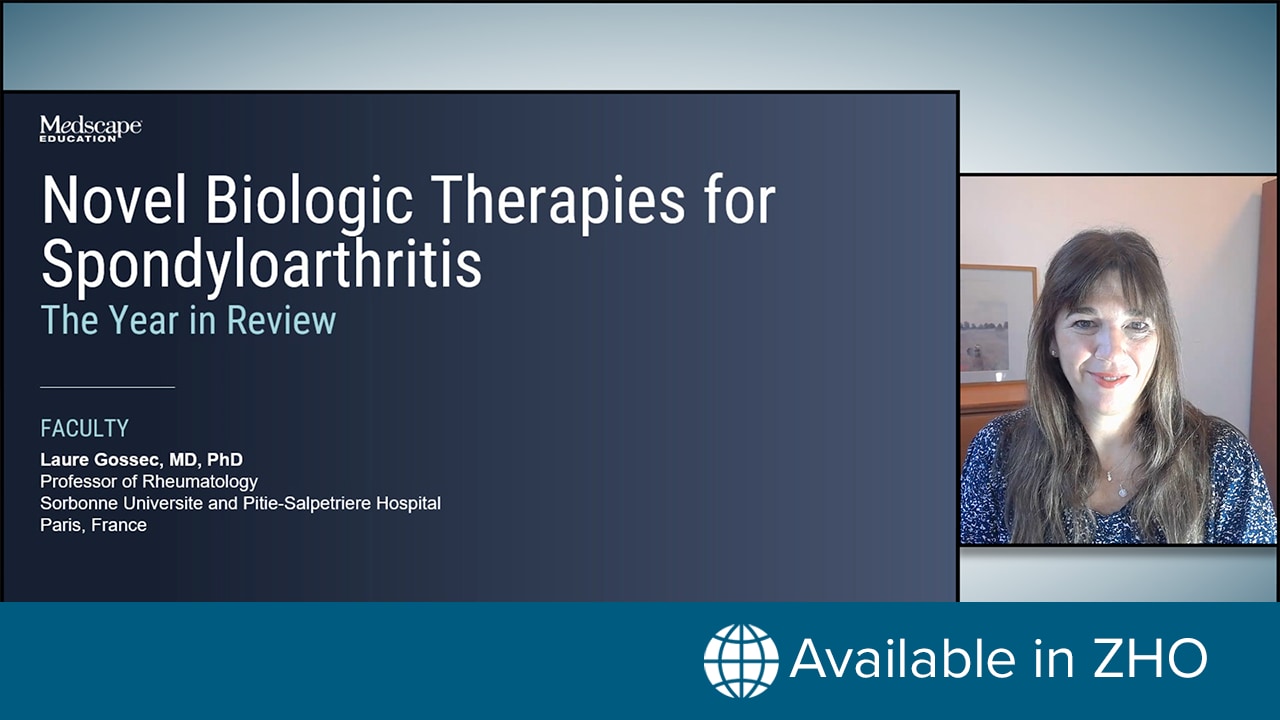Tumor Vaccines
In order to augment existing T-cell responses to tumor-associated antigens, vaccines have been explored for decades as a means of directing T cells towards tumors. However, prior usage of vaccines in cancer has been more successful in the setting of minimal residual disease than with bulky tumors.[71] With the FDA approval of sipuleucel-T for prostate cancer in 2010, and promising data for Biovax-ID from Phase III trials in B-cell lymphoma, there is now precedent for successfully moving cell-based vaccines to the clinic and demonstrating activity in patients with metastatic bulky disease.
Vaccines for Pediatric Solid Tumors
Because of the relative rarity of most pediatric solid tumors, creating a broadly applicable cancer vaccine therapy strategy will be complex. As there are clear biologic differences between different subtypes of histologically similar tumors, identifying a universal tumor antigen for a given histologic type will be difficult. Furthermore, as the T cells activated by a vaccine will need to recognize that vaccine's epitope as presented by the patients own HLA antigens, the vast polymorphisms of HLA within our species will make the selection of a vaccine 'cocktail' that might contain epitopes that can be presented by the HLA repertoire of most individuals, quite complex. Nevertheless for neuroblastoma, scientists have used peptides derived from the MYCN oncogene, which is amplified in a fraction of high-risk patients, and have shown that these peptides can induce immune responses that are able to lyse tumor cells in children with HLA A1+ tumors.[72] Dendritic cells (DCs) pulsed with overlapping peptides derived from full length cancer-testis antigens such as MAGE-A1, MAGE-A3 and NY-ESO-1 were given along with decitabine into neuroblastoma patients in a Phase I study, with one patient harboring residual bone marrow disease after standard therapy reported to achieve a complete remission.[73] In one pilot trial, DCs pulsed with peptides generated from translocation breakpoints in Ewing sarcoma and alveolar rhabdomyosarcoma have been administered with continuous infusion aldesleukin to children with refractory disease, but no clinical responses were observed.[74] When this approach was combined with autologous T-cell infusions, the 5-year survival was 43% in those patients that successfully completed immunotherapy, which is favorable compared with historical controls for these very high-risk patients.[75] Pulsing monocytes with RNA derived from autologous tumor, and using this as a vaccine, has the theoretical advantage of presenting peptides from whatever immunogenic epitopes might be expressed by the tumor. This approach, pulsing monocytes with RNA from a child's tumor, has been used in neuroblastoma patients after completing chemotherapy, but none of the patients showed a response.[76] One child with a pleomorphic xanthoastrocytoma showed a partial response when this approach was used for brain tumors.[77]
Rather than having the scientist select the appropriate tumor antigen for vaccination, approaches using tumor lysates or tumor lysate-pulsed DCs have also been employed to allow the patient's immune system to select the most immunogenic antigen. In a Phase I trial, tumor-lysate pulsed DCs were given to children with relapsed solid tumors with a 20% response rate,[78] including a significant regression in a patient with metastatic fibrosarcoma.[79] Vaccination with tumor lysate-pulsed IL-12 secreting DCs showed a mixed response in adrenocortical carcinoma.[80] Vaccines of tumor lysate-pulsed DCs have also been used in children with high-grade gliomas, with sustained remissions achieved in some patients treated at a time of minimal disease.[81] Genetically modified neuroblastoma cells encoded with IL-2[82–84] or IL-2 and the chemokine lymphotactin,[85–87] as a means of attracting immune cells to the vaccine, have been used in Phase I/II trials with mixed results; responses were seen in some trials but not in others.
Vaccines for Pediatric Leukemias & Lymphomas
There is limited experience using vaccines for pediatric leukemias and lymphomas at this time, partly due to the fact that most very high-risk patients go onto allo-HSCT. For Epstein–Barr virus-positive lymphomas, manipulating the tumor to overexpress LMP2 has led to clinical responses. The WT1 antigen is a transcription factor that is expressed on leukemia cells and is being explored as a potential vaccine to augment the graft-versus-leukemia effect after allo-HSCT.[88] For myeloid leukemias, there is also interest in vaccinating against PR1, an epitope that is shared by proteinase-3 and elastase. T-cell-specific responses against both WT1 and PR1 have been associated with improvement in graft-versus-leukemia effects in adult leukemias,[89] but definitive data is still lacking in children.
As was stated earlier in identifying targets for mAbs and CARs, further work is needed in determining the optimal antigens for vaccination. Whether tumor vaccines should be used to treat bulky disease or in the setting of minimal residual disease, or even while in remission to prevent recurrence, remains to be determined ( Table 6 ).
Future Oncol. 2014;10(9):1659-1678. © 2014 Future Medicine Ltd.









